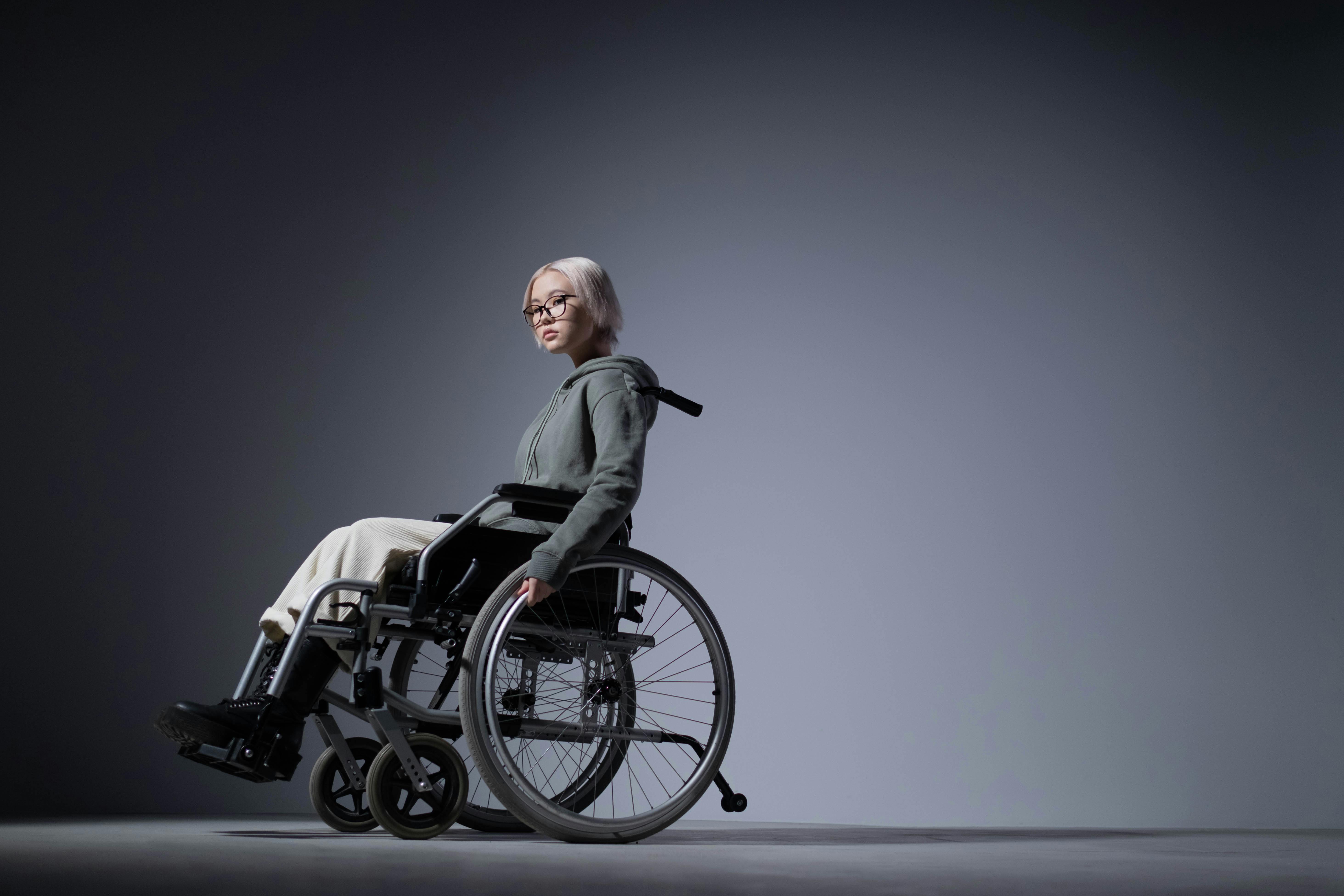
10 things the physical therapist wishes you would do and that you would not do
Physical therapists are kind and caring people who really help patients get better. Physical Therapy – We have put together a list of our top 10 things that we would really love you to know that will help you recover much faster or prevent injuries from occurring in the first place.
1. Home exercise program or practice
Physical therapy is not just about the hands-on treatment you receive while in the clinic with us. 99% of the time we will prescribe you a home exercise program that you must do at home every day. Most of the patient’s progress will come from doing homework and following the advice of the physical therapist. People can spend 1 to 2 hours with us at the clinic, but what makes the biggest difference is what they do for the rest of the day.
2. Don’t live with your pain before it’s getting late
As a general rule of thumb, the longer you have pain, the harder it will be to get rid of. So, “pain that lasts more than 2-3 days needs to be seen by a physical therapist as soon as possible.” The problem with leaving the pain for many weeks or months is that you will likely start to move differently and use suboptimal strategies. This can change the motor pattern in the brain making it more stable in its dysfunctional forms and can lead to injury in other areas as well.
3. Record or photograph your exercises
A common reason for poor adherence to a home exercise program is “I forgot how to do it.” OK, fair, we all have a lot on our plate and trying to remember new exercises and correct technique can be a bit difficult. With today’s technology, all phones have a video or camera, that means there are no excuses. Ask your physical therapist to film you doing the exercises so you can rewatch this when you get home and need to do your program.
4. Keep your body active
Participation in exercise and physical activity is important to your overall health and well-being. In today’s society, where a lot of time is spent sitting, it is necessary to break this sedentary time to avoid injuries associated with prolonged postures and lack of weight bearing. The benefits of exercise are well known, yet many people still forget to fit 30 minutes of activity into their day. Exercise is a great preventative measure you can take to protect yourself against illness and should not be ignored no matter your age.
5. Be very mindful of your posture
With the increase in the number of desk workers, we tend to see an increasing amount of posture-related back and neck pain. This is mainly due to poor desk setup, prolonged sitting (8 hours a day), poor awareness of body position, or gradual postural changes over time. Many postural disorders can be avoided by adopting good posture practices, using a standing desk when available, checking your workstation settings, and dividing your sedentary time with exercise.
However, this is not just about desk workers! People doing manual jobs should also watch how they get up and move throughout the day to avoid injury. We often see tradies with back problems that are usually due to bad habits and techniques at work for a long time.
6. Control your weight
Being overweight or obese puts more pressure on the body’s joints. This can result in increased osteoarthritis, cartilage wear, reduced aerobic capacity, and many other health problems. For many people in this population group, back or knee pain would be significantly reduced by a modest 10-15 kg weight loss, although in some cases the ultimate goal may be a 20-30 kg loss. Some people find it really difficult to lose weight due to lack of motivation, lack of time, lack of knowledge, etc. You are more likely to stick to a weight loss goal if you seek the support of family and friends and seek advice from qualified healthcare professionals.
7. Avoid searching the Internet for the cause of your pain.
It can be tempting to Google your pain or injury in an attempt to diagnose what’s going on. However, after asking a few questions, this was self-diagnosed because it met Google’s requirements. In some cases, people have been right, but in other cases they have not, leading to increased anxiety and fear associated with pain. The best idea is to see your physical therapist and have it diagnosed. You can then ask for advice on where you can read more about your injury.
8. Stretch / exercise
Balancing your physical activity, exercise, and prolonged postures with stretching is really important to maintaining the correct length relationships between the muscles. Muscles can tense and shorten, which can reduce the efficiency of movement and contribute to injury. For example, tight hamstrings or flexing of the hips or muscles can lead to low back pain. We recommend taking 10-15 minutes every other day to do some stretching of the major muscle groups.
9. Invest in good quality sports shoes and equipment
If you are going to practice sports and physical activity, you should buy good quality protective equipment specific to your sport and your needs. You only have one body and most of the parts are irreplaceable. Footwear is another important consideration.
10. Keep moving if you have low back pain
If you have low back pain, walk. If you have severe pain (inability to move, extreme back spasms), you may need to go to the hospital. However, if you are still able to move but are in moderate pain, you should see your physical therapist as soon as possible. It is recommended that patients with back pain should not sit more than 20-30 minutes at a time, keep moving, use a heating compress to relieve pain as needed.